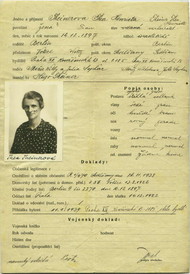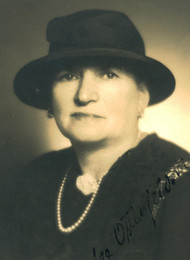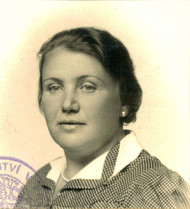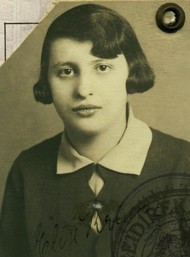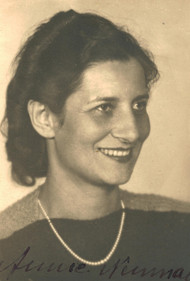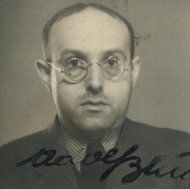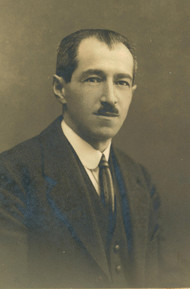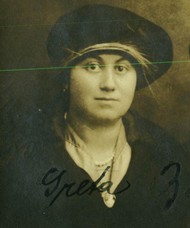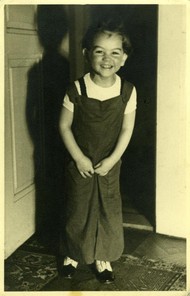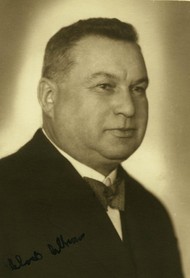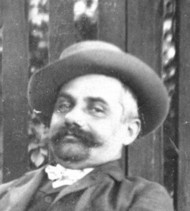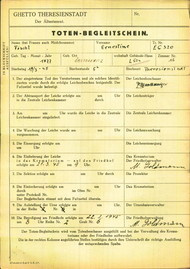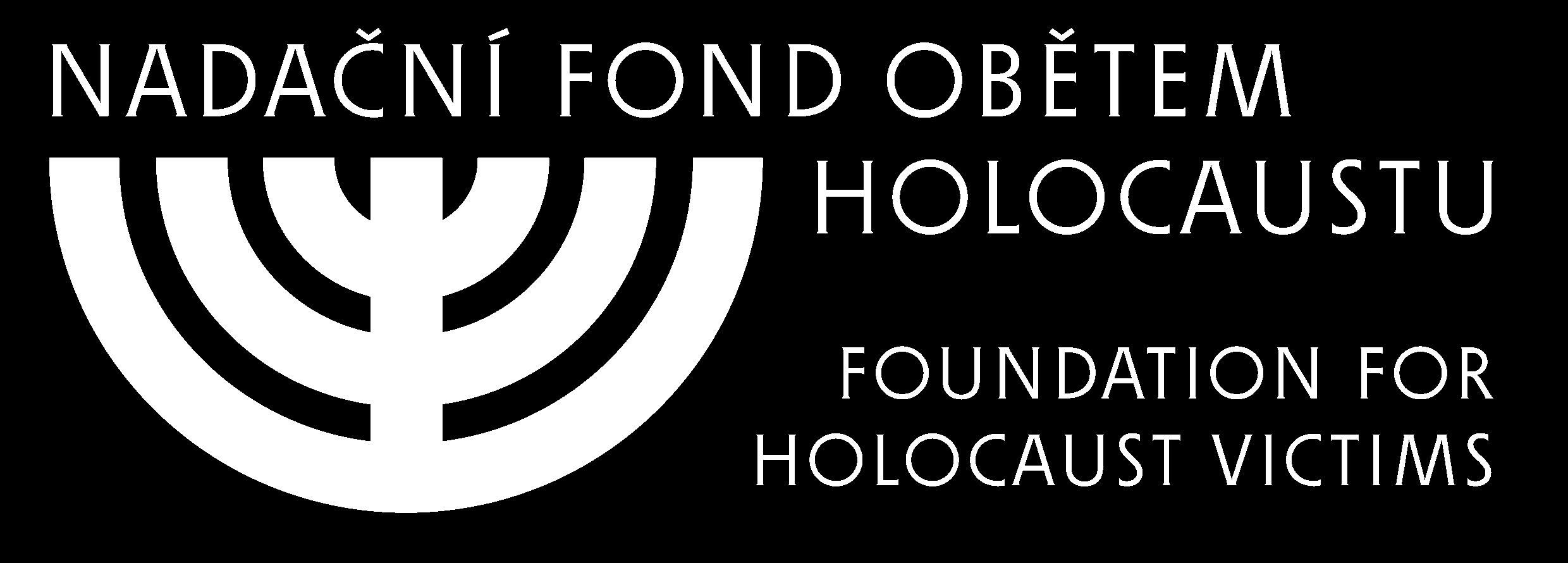With the occupation of the western part of Poland, two million Jews fell into Nazi hands - four times as many as had been living in Germany in 1933. These Jews could not be forced to emigrate, given their number and the increasingly difficult conditions for emigration. At the same time, the Nazis were not yet ready to proceed to the actual goal of the final solution of the Jewish question
- the physical liquidation of Jews. As a temporary solution, it was decided to concentrate and ghettoise the Jewish population. Jews were to be concentrated in cities with good railway connections, so that they could later be deported further. The Nazis consciously renewed the medieval concept of the ghetto - a closed quarter of the city designated for Jews. Unlike the ghettos of the Middle Ages, however, these were designed to be merely temporary, a transition point on the path to extermination. The difference between concentration camps and ghettos was meant to be that the ghettos had autonomous Jewish administrations. On Nazi orders, Judenräte
(Jewish councils) had to be created in all ghettos, led by a Jewish elder. In reality, however, these autonomous administrations were merely illusory, serving as tools for the Nazis. The Jews who sat in these administrative councils were in a difficult position. On one hand they tried to make life in the ghetto bearable, organising food supplies, medical care and children's education, while on the other hand they were required to implement all the Nazis' orders, including the assembly of transports for the extermination camps.
Before being gathered together in the ghetto, Jews were stripped of most of their property, their flats and other property were confiscated, and their means of earning a living destroyed. By being concentrated in the ghetto, they had their contact and relationships with the rest of society severed. The largest ghettos grew in cities with a significant Jewish population: Warsaw, Lodz and Lvov. They were incredibly overcrowded, and their hygienic conditions were terrible. Their inhabitants suffered from lack of food and medicine. Despite their best efforts, the Jewish councils were unable to solve these problems, and many old people and children died in the ghettos themselves. The Nazis also made use of the forced inhabitants of the ghettos for slave labour, above all in the weapons industry. They thus fostered the illusion in the Jewish councils that if the ghettos were productive and beneficial to the Nazis, their further existence would be permitted.

An inhabitant of an unidentified Polish ghetto, in approximately 1940. (Photo: Harry Lore, courtesy of USHMM Photo Archives.)
The Jews who lived in the Polish territories annexed to the Reich (Warthegau, Poznan, eastern Silesia and eastern and western Prussia) would soon be driven out completely. In the first few months of the occupation alone, the number of Jews fell from an original 600 000 to approximately half that number. Some 100 000 were taken in organised transports to the Generalgouvernement, while the rest were randomly expelled or fled. At the same time, more than 300 000 Poles were deported. The majority of the Jews who remained were concentrated in the Lodz ghetto.
In the western countries in Nazi hands - Germany, Austria, the Protectorate, from 1940 on northern France, the Netherlands and Belgium - it was not yet possible to collect the Jewish population in ghettos as in occupied Poland. Instead, Jews were burdened by a tide of discriminatory restrictions and decrees, intended to isolate them from the rest of society and to create social barriers around them. They thus found themselves in what has been described as ghettos without walls
. From 1939 onwards, the process of shutting Jews out of society steadily gathered speed, culminating symbolically in the introduction of the compulsory labelling of Jews with a yellow star, introduced in autumn 1941.
By now, Jews had been practically excluded from economic life, their property had been Aryanised and they had been deprived of the possibility of earning their living in almost any form. The great majority of them were thus dependent on the support of Jewish organisations. An ever greater number was made to engage in forced labour in the places where they lived. Some Zionist training camps were also transformed into labour camps on Nazi orders, with mostly young men being imprisoned in them.
The forced spatial segregation of Jews also continued. In many cities, Jews were only allowed to live in certain areas. Jews were forced to move more and more frequently, with several families often having to share one flat. Jews were banned from entering an ever-greater number of public places, such as parks and public baths. With certain exceptions, they were banned from using public transport. Jews were not allowed to leave the communities in which they were registered without permission. They were not allowed to subscribe to or buy non-Jewish newspapers, and had to hand in their radio sets: they were thus deprived of gaining current information and reacting to it. Beset by these and many further restrictions, the Jewish population found itself in an increasingly untenable situation. Well before the mass transports began, Jews were de facto isolated from the rest of society.
The Jewish religious communities were essentially transformed into tools of Nazi anti-Jewish policy. Their leaders, who were not freely elected but were appointed by the Nazis, tried to at least ensure that old people and children were still cared for, that other members of the community in social difficulty were looked after, and that emigration - which was becoming more and more difficult - was supported as much as possible. In order to fulfil these functions, the Jewish communities had to submit to the Nazis and implement their orders. The Jewish communities thus became more and more like the Jewish councils (Judenräte) which existed in the Polish ghettos.



